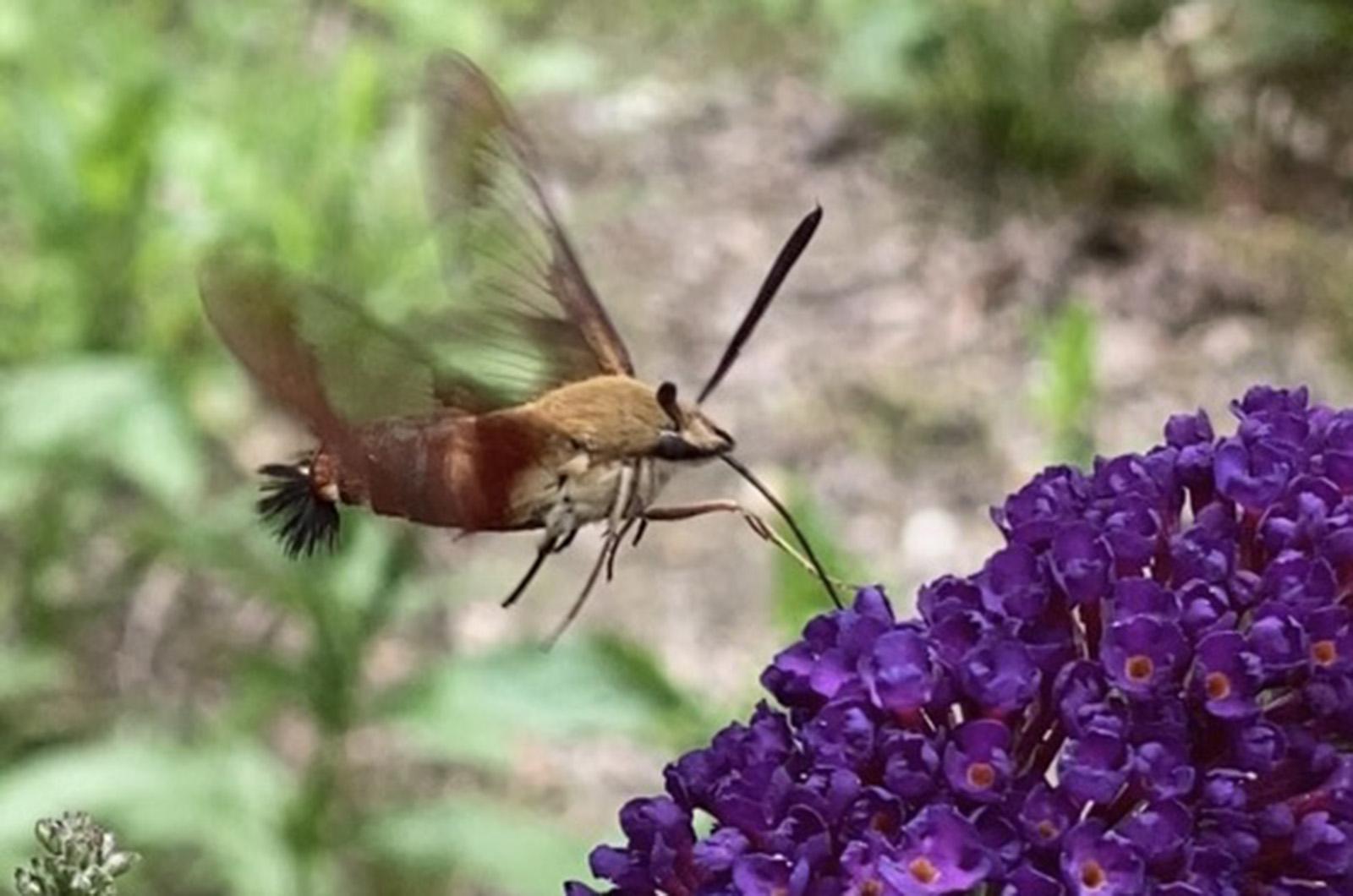Sometimes it seems that all roads lead back to New Jersey.
Though I left the state almost 25 years ago, the homeland comes back to me in strange ways. I guess you can take a woman out of New Jersey, but you can’t take New Jersey out of the woman.
Moth Week — a celebration, study and observation of these flying friends — starts on Saturday, July 22. I know because of a pal that been reminding me and sending moth photos for weeks and weeks, suggesting a column to honor the designation.
Moth Week was started by the Friends of East Brunswick Environmental Commission, a small nonprofit a hop, skip and jump away from the New Jersey town in which I grew up. From a simple idea of a one-night mothing adventure, the event has grown to encompass programs in all U.S. states and more than 80 countries.
Started in 2012 to “celebrate the beauty, life cycles and habits of moths,” this annual seven-day moth fest brings to light an important yet usually nocturnal species.
Many may malign moths as pantry pests, clothes crunchers and garden and agricultural annoyances. However, the truth is that we need these winged wonders. Moths serve as pollinators, often targeting species that bees and others miss.
An integral indicator species, moths are canaries in the coal mine in terms of environmental health. They also represent an important and bountiful food source for bats, birds, amphibians, rodents and even bears. Humans have also been known to partake in moth consumption in some places, with caterpillars being a tasty treat in countries worldwide.
Moths are often disparaged as less than their colorful butterfly counterparts. Both are members of the order lepidoptera, though some of their specific characteristics diverge.
Generally speaking, but not always, butterflies are diurnal while moths are nocturnal. Butterflies are also known to be more colorful, though the luna, cecropia, maple, io and other bright and vibrant moths might disagree.
Count on their antennae to differentiate the two groups. Butterflies have clubbed antennae, while moths’ antennae are feathered. Moths tend to hold their wings in a way that hides their abdomen, while butterflies’ wings are held behind their backs. Also look for a frenulum: moths have this wing-coupling device and butterflies lack it. And, of course, there is a cocoon for moths and a chrysalis for butterflies.
In sheer numbers, moths easily take on butterflies. Moths account for more than 90 percent of the species in the lepidoptera order. This plays out to about 160,000 species of moths to only 17,000 or so for butterflies.
Don’t let the magic of Moth Week pass you by. It is easy to see and enjoy these night flyers by simply leaving an outside light on to attract them. Their diversity and distinction delight even the least intrepid insect investigator.
And remember the home state that birthed this great event. The folks behind Moth Week can take their place among contemporary Jersey greats such as Bruce Springsteen and Jon Stewart, whose accomplishments align with those visionaries that came up with Moth Week.
Suzan Bellincampi is Islands director for Felix Neck Wildlife Sanctuary in Edgartown and the Nantucket Wildlife Sanctuaries. She is also the author of Martha’s Vineyard: A Field Guide to Island Nature and The Nature of Martha’s Vineyard.




Comments (3)
Comments
Comment policy »